I have a circuit that pulses two LEDs on and off at the same frequency but out of phase. I would like to find a hardware solution for using one sensor to measure separately the intensity from each source. Is is possible to isolate the detector response from each of the sources? I would like to find a solution that is independent of MCU, so no careful timing of analog input pins.
I would like to design a rudimentary pulse oximeter that allows me to guide students through the principles of the measurement and does not rely on a premade sensor such as the max30100. In particular, the datasheet for the max30100 indicates that oxygen saturation is measured by monitoring two wavelengths (in the red and IR regions) where hemoglobin and oxygen-bound hemoglobin absorb light differently. The ratio of these two signals is related to the spO2 value. The block diagram of the MAX30100 indicates that there is only one sensor, and I am trying to come up with a way to reproduce that behavior (although I am not wedded to a single detector).
My target audience has limited electronic experience. They are familiar with microcontroller interfaces, LEDs, transistors and operational amplifiers. They have used both photoresistors and photodiodes as sensors. Therefore, my design constraints are bound by those components.
Ideally, one measures the light intensity at both wavelengths simultaneously. From this example a sampling rate higher than the highest expected heartrate will suffice. If we take the upper limit for heartrate to be 180 bpm, then I need a sampling rate high enough to characterize a 3 hz waveform for both sources.
I'm thinking - but have not yet tried - a sample and hold type design might allow me to isolate the two signals, but perhaps there are other solutions.
